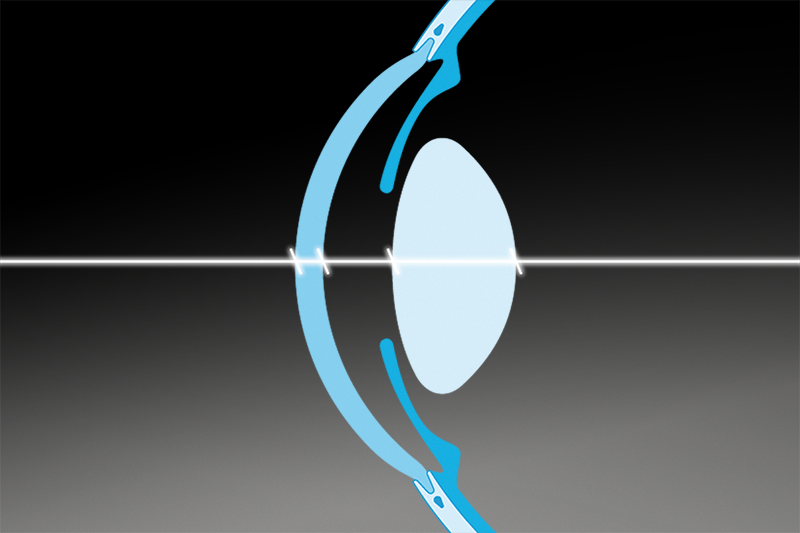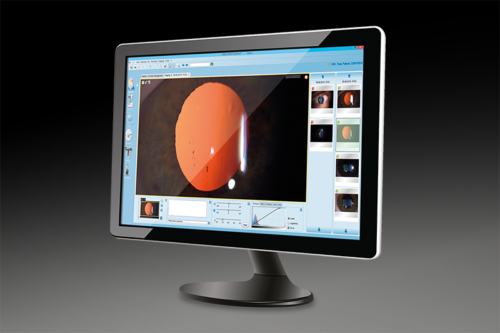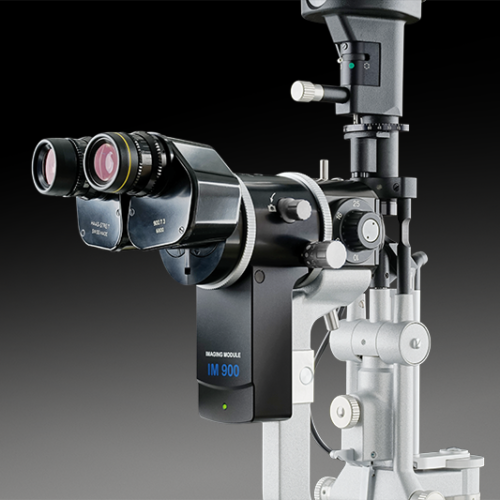Description
Efficient planning – intuitive transfer to surgery
EyeSuite IOL offers latest generation IOL calculations such as the Hill-RBF Method, Barrett and Olsen for standard IOL, enabling improved results with any patient. It further includes a comprehensive set of premium post-refractive formulae, including Barret’s True-K and the Masket formula which are regarded as best in class. For torics it optionally offers a complete planning suite to calculate the implant, considering the front and back of the cornea and create intuitive surgery sketches, enabling excellent transfer of the plan to surgery.
IOL power selection by artificial intelligence
IOL data from all over the world collected by leading cataract surgeons is the foundation for the Hill-RBF. This big data is analyzed by pattern recognition based on artificial intelligence leading to highly accurate IOL predictions and providing confidence thanks to a unique reliability check. Hill-RBF is the only IOL power calculation method providing you with an out-of-bound message, a confidence marker, when it comes to an IOL power collection of an extreme case, i.e., extremely long or short eye.
Lens thickness – improved results
Standard formulae use axial length and K measurements to calculate IOL power, limiting their performance with unusual eyes. Barrett and Olsen use more parameters, including anterior chamber depth and lens thickness to estimate implant power. This improves the prediction of the implant position and enables better results, independent of the patient anatomy.
Barrett Universal II – a formula for all seasons
Unlike most standard formulae, the Universal II formula is a thick lens formula, taking into account the changes in optics design of IOLs at different powers. In addition to AL and Ks, it uses ACD, lens thickness and WtW measurement to predict the lens position and IOL power, leading to excellent refractive outcomes in all patients.
Olsen – the C-constant a new concept
The Olsen formula uses ray tracing, a method well known from optics design, to calculate lens power and the concept of the C-constant to predict implant location. As an input parameter, apart from AL and Ks, Olsen uses ACD and LT measurement enabling excellent implant position prediction in all eyes.
The right tools for post refractive patients
IOL calculation in post refractive patients is one of the most demanding tasks in cataract surgery. To support the surgeon with this challenge, EyeSuite IOL features a comprehensive set of cutting-edge formulas for post refractive patients with or without clinical history.
Best in class formulae for premium results
IOL power calculation in patients with prior RK, LASIK or PRK, presenting with no history, is easily achieved with the integrated Barrett True-K and Shammas No-History method. If the change in refraction caused by the refractive procedure is known, then the Barrett True-K with history, Masket and modified Masket formulae may also be used.
Match axis and cylinder
Getting the cylinder value and axis location right is key with toric IOL. The optional EyeSuite IOL Toric Planner features the Barrett Toric Calculator for excellent IOL prediction and an intuitive graphical planning interface to create sketches to transfer the plan to surgery.
Excellent calculation, intuitive planning
The EyeSuite IOL Toric Planner provides the user with an intuitive tool to plan the toric intervention on high resolution eye images. Using the incision optimization tool enables the surgeon to put his incision in the exact right location to achieve the minimum anticipated residual astigmatism, with the lowest toric power IOL implanted.

















